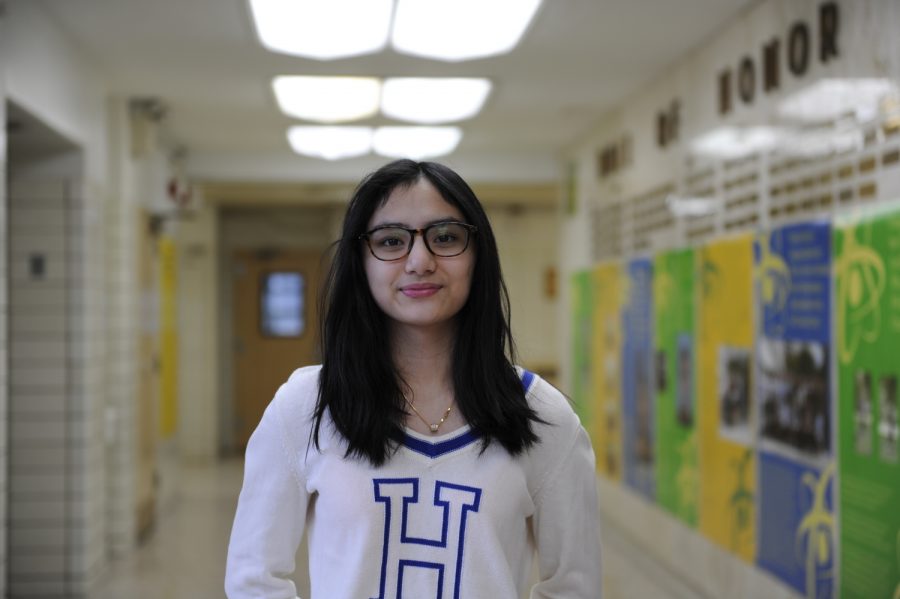Supercali-should-you-see-it? A Review of ‘Mary Poppins Returns’
Flaurencya Ciputra ’19, a fan of the first ‘Mary Poppins’ film, shares her thoughts on the sequel.
“A spoonful of sugar helps the medicine go down.” The lyric is just nine words, but it can evoke a barrage of memories: an elementary school music class listening to Julie Andrews’ angelic voice, competing with friends to see who can spell “supercalifragilisticexpialidocious,” and imitating the penguins when they danced with Dick Van Dyke. Overall, Mary Poppins, like its title character, is “practically perfect in every way.”
The film, which was released in 1964, over fifty years ago, has waited a long time for a sequel, a process which was depicted in the 2013 film ‘Saving Mr. Banks.’ With such an insistent attempt to produce both movies, it seems only natural that the sequel was held to the highest of expectations to be as stunning as the first. Though the film was respectable, following such a monumental original, it left much to be desired.
It was pleasing that Emily Blunt, who played Mary Poppins, portrayed the character in a way reminiscent of Andrews, but with her own flare. However, it took a little while to get there. In the beginning, the focus was on anything but the magical nanny. “The movie had some good moments, but I noticed that Mary Poppins herself took a noticeable dip in screen time in favor of other characters I didn’t even think were part of Mary Poppins,” said Jackson Kollmorgen ’21.
In place of this lack of screen time, the audience witnessed the financial problems of the Banks family, which presented a much darker tone than the previous movie. At times it seemed as though the filmmakers had attempted to prolong the run time, including a minor story line that was uninteresting and, frankly, unnecessary.
The only good thing to be said of the beginning is that the transition between films was practically seamless and did not exclude those in the younger generation who had never seen the original. In order to accomplish this, the movie was directed a lot more towards young children, alienating older viewers to a certain extent. “If the age of the audience could be expanded while simultaneously maintaining the appropriateness of the film, I feel like it could be better,” said Amayel Ka ’22.
“I think that the movie served as a proper spin-off rather than a sequel,” said Amayel Ka ’22, mirroring a shared view held by the Bronx Science community.
As for the music, the quality was surprisingly higher than expected, but that may be attributed to nostalgia. “I disliked the repetitive and ambiguous songs written for this movie, especially ‘Trip a Little Light Fantastic.’ Many of the songs lacked the meaning that the originals songs had,” said Flaurencya Ciputra ’19. Though some songs were quite catchy, such as ‘Nowhere to Go But Up’ and ‘Can You Imagine That?’ many could have been removed without an adverse effect. The main redeeming aspect of this movie’s music are the voices of Emily Blunt and Lin-Manuel Miranda, which were very pleasant to listen to.
One of the biggest things to look out for in ‘Mary Poppins Returns’ is the connection between the two stories. The creators of the film had to make a decision between providing details that only viewers of the previous film would understand and ‘restarting’ due to the expansive time gap between the sequel and the original. The majority of moments in the film showed an inclination towards the latter, which was upsetting for some lovers of the original. “I think that the movie served as a proper spin-off rather than a sequel,” said Ka, mirroring a shared view held by the Bronx Science community.
That being said, the target audience, young children, likely has not seen the original ‘Mary Poppins’ film, so it is beneficial in some regard to distinguish between the films. Therefore, students and staff that have seen both films should not expect as concrete a sequel as most series receive. That being said, the movie was overall interesting to watch.
Katherine Doss is a Senior Staff Reporter for ‘The Science Survey’ and a Groups Section Sidebar & Captions Editor for ‘The Observatory.’ She...

